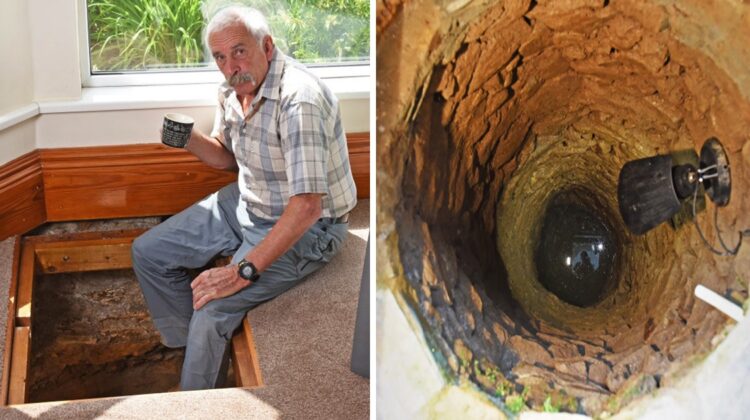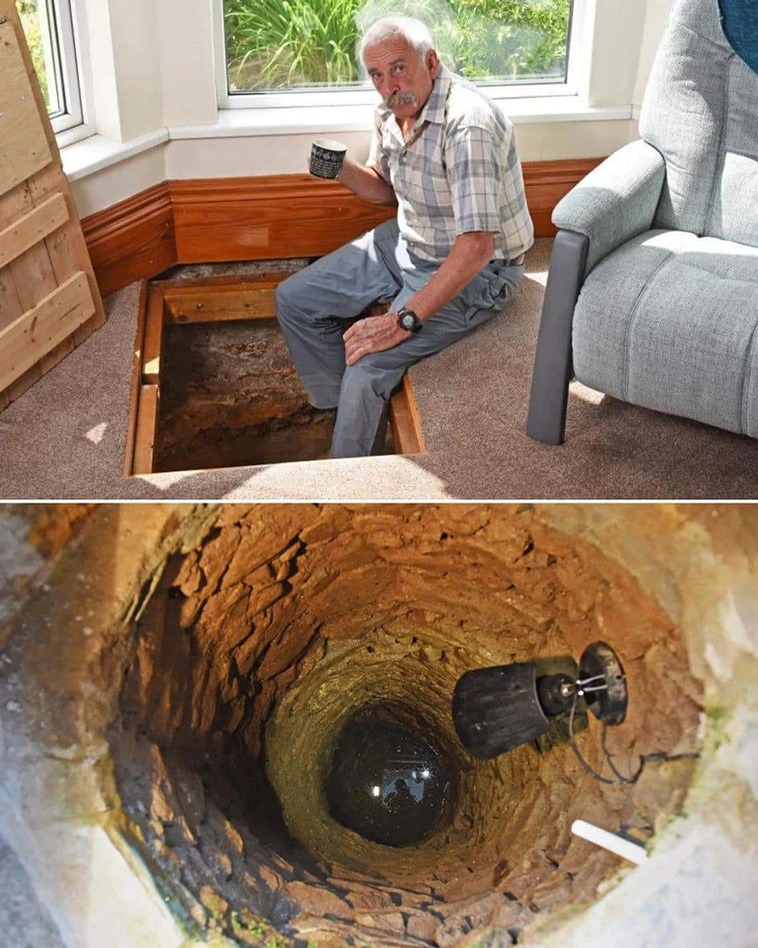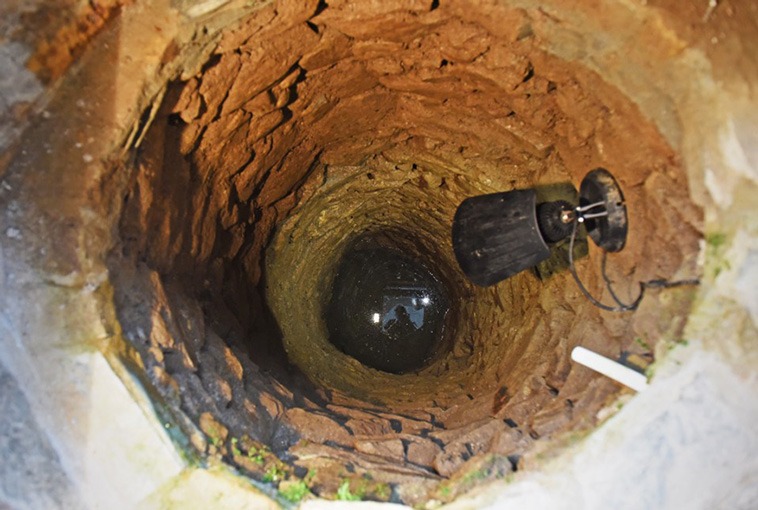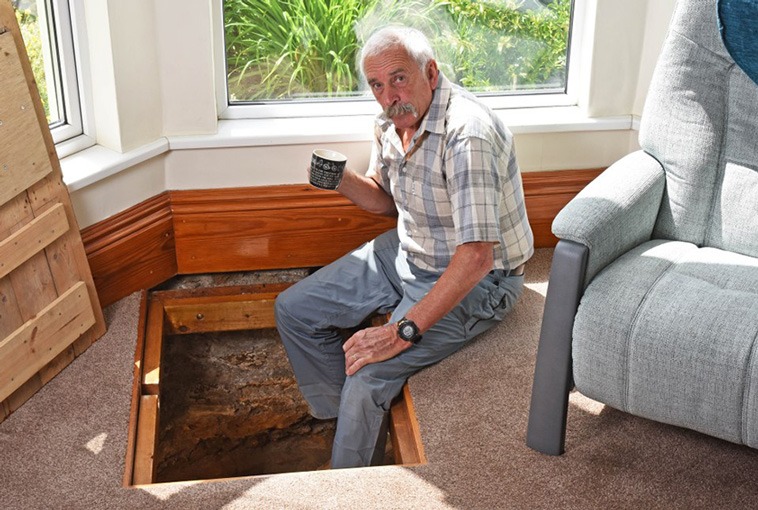
Colin Steer’s tale reads like a page out of a historical mystery novel, with the discovery of a centuries-old well beneath his living room floor unveiling a glimpse into the past of Plymouth, Devon, England. What began as a routine home improvement project a decade ago turned into a fascinating archaeological journey, culminating in the revelation of a 500-year-old structure steeped in history.

The serendipitous moment occurred while Steer was engaged in redecorating his home. A subtle dip in the floor near the bay window caught his attention, sparking curiosity about what lay beneath. “Around 10 years ago we were doing some decorating and I was replacing floor joists when I noticed the floor dipped near the bay window in our front room,” Steer recalled. “I immediately thought someone must have buried someone under there or that we had a sinkhole.”

Driven by an insatiable curiosity, Steer embarked on a mission to excavate the mysterious void lurking beneath his home. Over the course of a decade, he meticulously dug out the well, unearthing not only its physical structure but also tantalizing artifacts hinting at its rich past.

Among the discoveries was what Steer believes to be the leather casing of a sword, suggesting the well’s origins trace back to the 1500s. Further excavation yielded a coin dating back to 1725, adding another layer to the well’s historical tapestry.

The depth of the well, measuring a staggering 17 feet, led Steer to speculate about its potential functions. He posits that it may have served as a vital water source for feeding animals or even accommodated multiple families due to its significant size.

Despite diligent research and scrutiny of old maps, the exact purpose and origins of the well remain shrouded in mystery. However, experts weigh in on its likely significance, suggesting that such wells were a hallmark of wealth and status during medieval times. High-status families, they note, could afford their own private wells, safeguarding against the risks associated with external sources of water.

Indeed, the well’s preservation status hints at meticulous maintenance over the centuries, ensuring its functionality and the quality of its water. Lined with stones, bricks, or wood to prevent collapse, these structures were integral to daily life, symbolizing not only practicality but also prosperity.

As Steer contemplates the next steps, including testing the water quality and potentially bottling it for sale, his remarkable discovery stands as a testament to the enduring allure of history hidden beneath our very feet. In a world of rapid change, the well serves as a timeless reminder of the past, waiting to be unearthed by those willing to delve into its depths.

Leave a Reply